If you have never had the chance to indulge in Crème Brûlée a thick, decadent flan, one of France´s classics desserts, please do try it at a good restaurant. The thin, caramelized crust comes thanks to a blow torch that chefs use. The baked custard it tops should not be cold, but served at room temperature. What I am thrilled to give you is a home version, even healthy and beautifully colored with pumpkin or winter squash.
Way before Europeans arrived in the Americas, native populations planted and ate the “Three Sisters” – corn, beans, squash. Companion planting the corn and beans complement each others growth, with beans as nitrogen fixers providing nourishment for corn and corn providing the stalk for the beans to climb up. As well as in its production, the three plants eaten together provide a well-balanced diet, complete with protein (beans), carbohydrates (corn) and vitamins (squash). Unfortunately, with modern monoculture, the three sisters are broken up and planted individually, destroying the nutritional value to the soil that the native populations in their wisdom knew as a life principle.
In my recent work/fun in the tropical state of Meta, Colombia I was amazed at the reliance on mature winter squashes called “ahuyama” en Colombia or “zapallo” or “calabaza” in other areas of South America. Though other vegetables are barely eaten in most of Colombia (in fact they serve as mere garnishes on dishes of meat and carbohydrates) squashes are part of daily fare all year round. There are many varieties that can be grown given many different climatic conditions, altitudes, rainfall, etc. In Colombia I found that they would be cooked, unpeeled for a long enough time that the peel partially disintegrated, and produced an almost meaty texture.
I like to save time by making the squash puree in quantity and then freezing it in smaller portions so I can easily use it cream soups, pumpkin bread or this flan.
Since for me pumpkin or winter squash is a sweet vegetable, I decided to try it in desserts and I think you will be happily surprised by the result in this simple, healthy version of Crème Brûlée. Of course, if you´d like to make it in a more sophisticated way, go right ahead with heavy cream instead of the milk and a real vanilla bean, but do please try it with the lovely orange vegetable.
Baked Pumpkin or Winter Squash Custard
2 cups pumpkin purée
1 cup whole milk
4 organic eggs
1/3 cup light brown sugar
1 teaspoon vanilla
½ teaspoon cinnamon
pinch salt
Pumpkin purée:
To assure that the pumpkin is ripe (and sweet), the peel must be so hard that one´s fingernail cannot pierce it. Cut the pumpkin through the skin and steam it until soft. Remove the flesh from the peel and mash it with a fork.
Custard:
At the highest speed on a blender or food processor, create a smooth cream of the pumpkin and brown sugar. Add the rest of the ingredients and at the lowest speed on a blender or food processor, merely mix everything. (At a higher speed, a foam would be produced.)
Pour the liquid into a two quart pyrex dish and bake in a preheated oven (175C or 350F) for 45 minutes or until a knife inserted in the center of the flan comes out completely clean. Immediately place the hot flan in a larger pan of cold water to cool it, to avoid curdling. Serve warm or cold.







